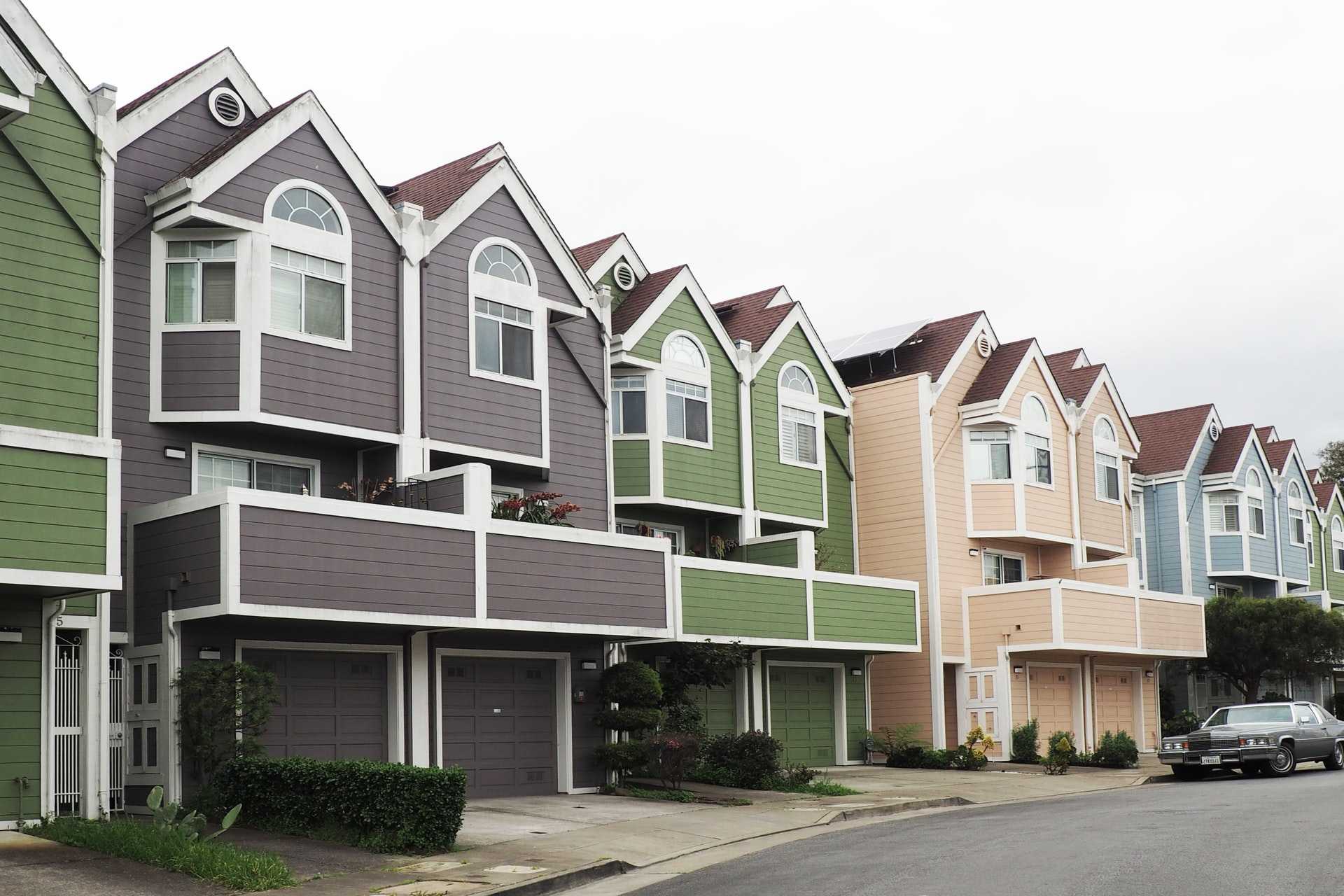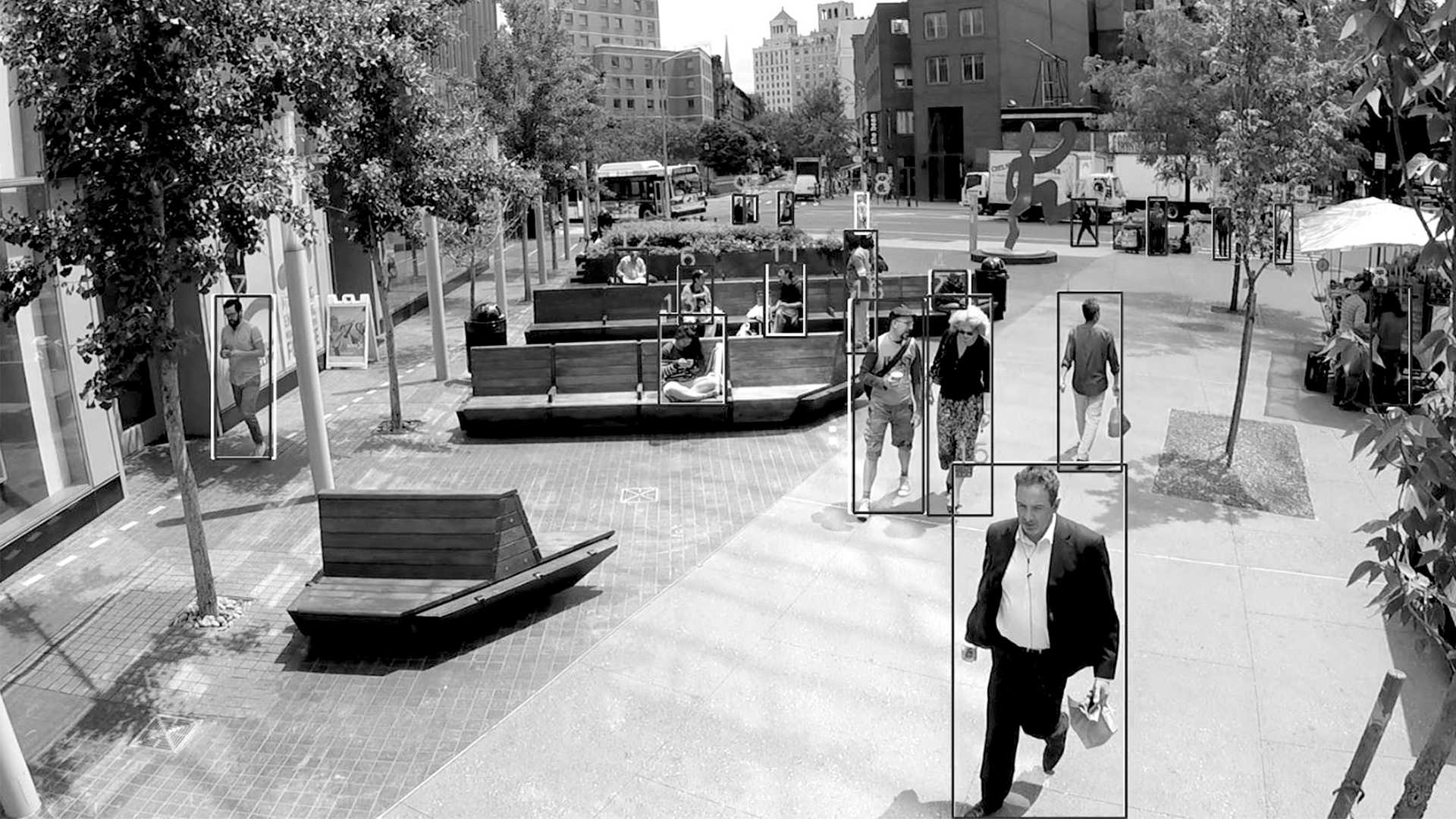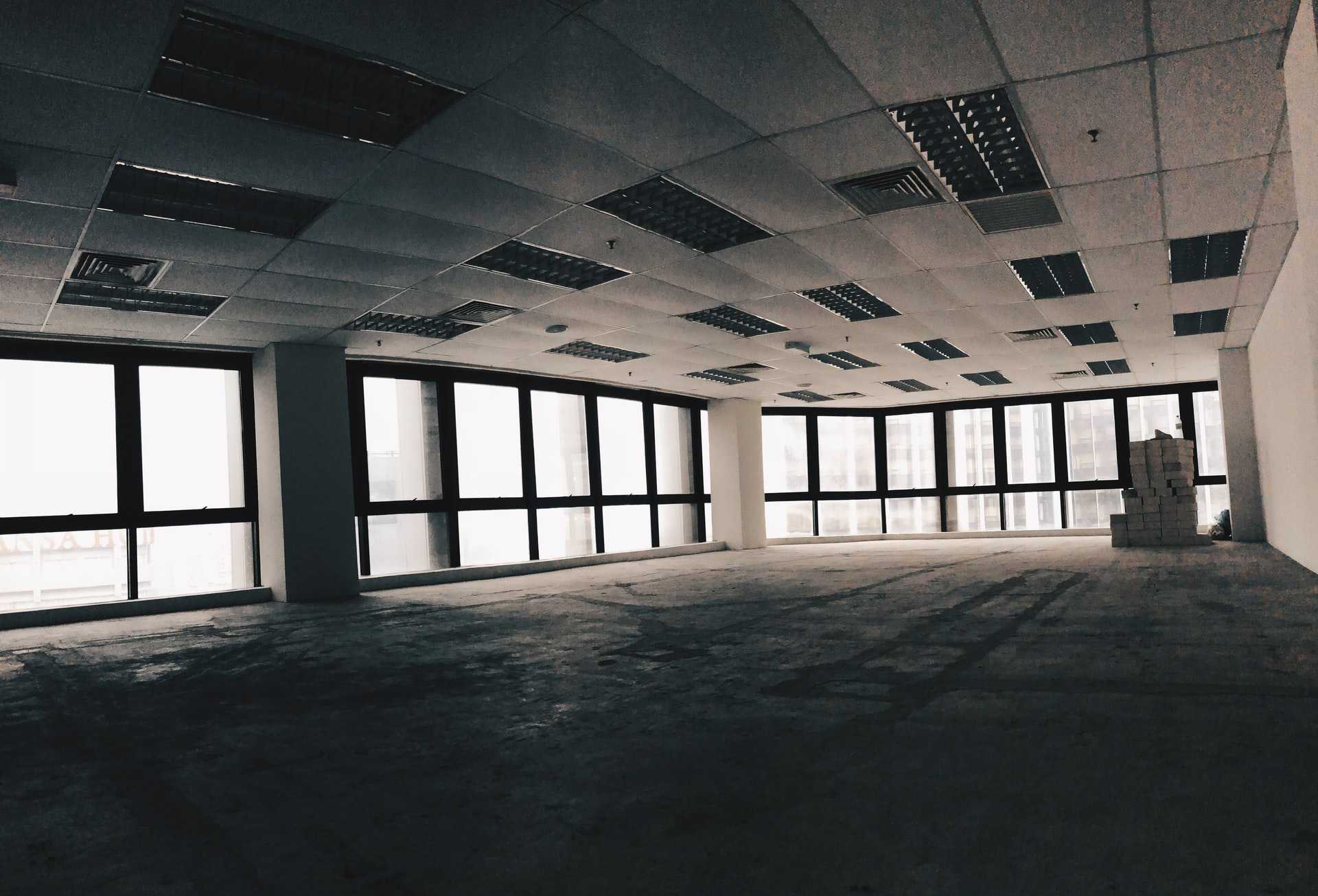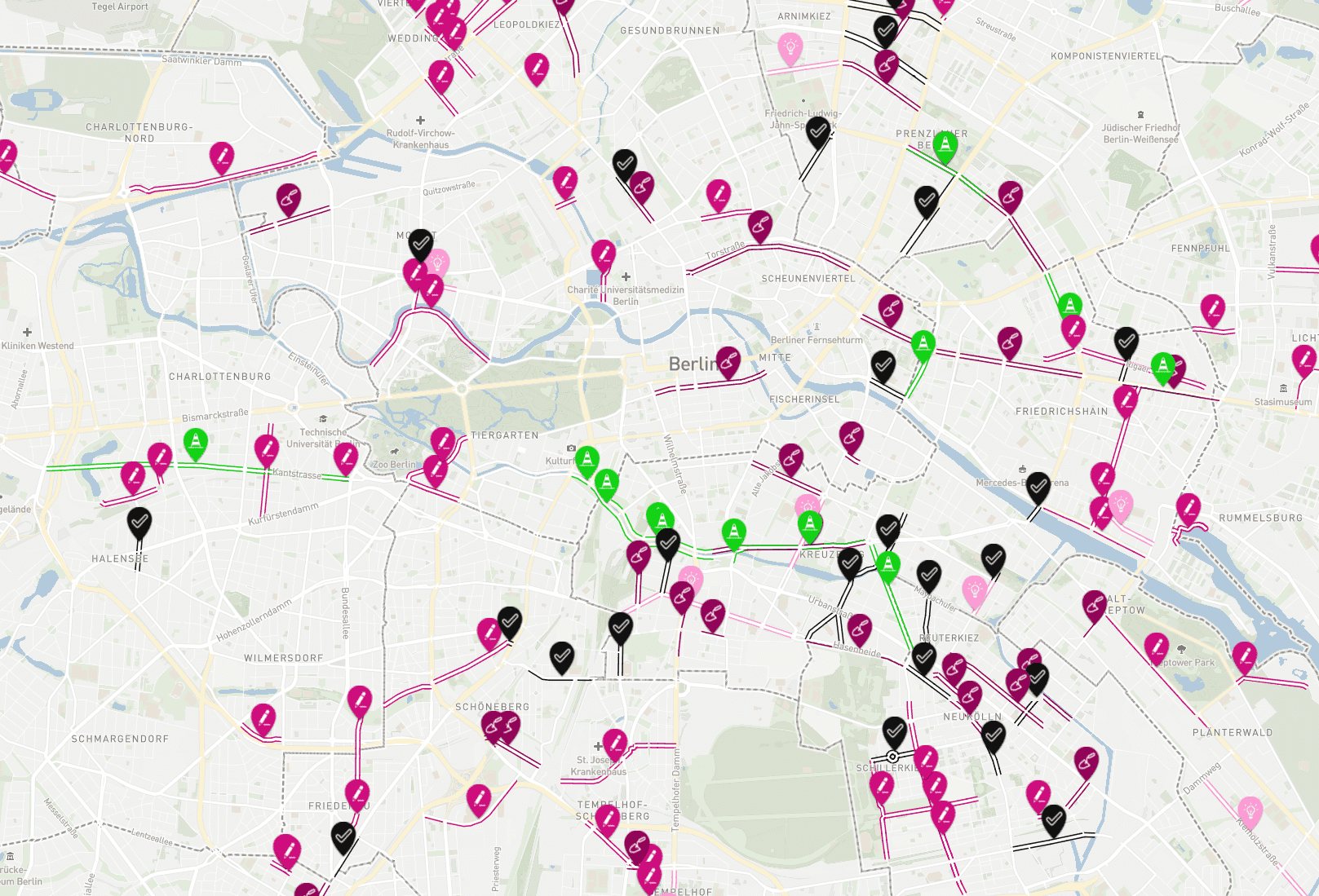
Resilient Corridors
Sustainable neighborhoods scale up.
Two of the big ideas in the battle against climate change take extreme positions on scale. Geoengineering seeks to deploy technology at a planetary scale. So-called "15-minute cities" seek to decentralize cities so everyone's needs can be met by walking. Both ideas have merits. But both are out of step with the constraints a realistic climate change strategy faces. Neither has a Plan B for hunkering down if these big ideas don't pan out. Meanwhile, the Global Commission on Adaptation has already identified nearly $1 trillion in urgent urban infrastructure projects that would produce more than $4 trillion in net benefits.
Rising to this challenge, cities will launch their own climate "moonshots" over the next decade. Some will build, and others rebuild, entire districts. Others like China, are rethinking entire regions as integrated "megaclusters". To maximize the impact, leaders will concentrate political and financial capital on corridors. There, technology will play a big role, amplifying the advantages of density. Streets will take on many new roles, as cities seek to extract maximum value from the public realm. Remote work, learning, and healthcare will drive changes in the kinds of buildings we need. Novel materials and automated construction techniques will transform how we build them.
Cities' main goal will be to cut carbon emissions. But they will also be preparing to weather the shocks of climate change. Flexibility and intensity of use, enabled by technology, will be the keys to urban success. And unlike the paternalism of geoengineering and 15-minute cities, expect broad participation in making these plans, thanks too to big leaps in digitalization.
The 10 trends in this forecast are synthesized from 42 signals
Select a sector or tag to highlight in network.
Trends
Each forecast is built up from a collection of several trends. Think of trends like vectors. They call our attention to a single force acting along a path over time.
Impacts
How will this future shape what’s possible for key stakeholders in future cities? Use these broad insights on potential impacts as a starting point for thinking about your own. How might the trends driving this forecast impact you, your organization, and your community? What would you do differently if this future came to pass?

Rightsizing risk
More and better data and models about the risks of climate change will drive business decisions in the future. But companies will need to balance the competitive advantage gained from using such pinpoint forecasting, against the reputation and ethical risk of early and inequitable withdrawal of investment and services. Weighing stakes in the long-term future of at-risk communities will be more complex, and important, than ever.
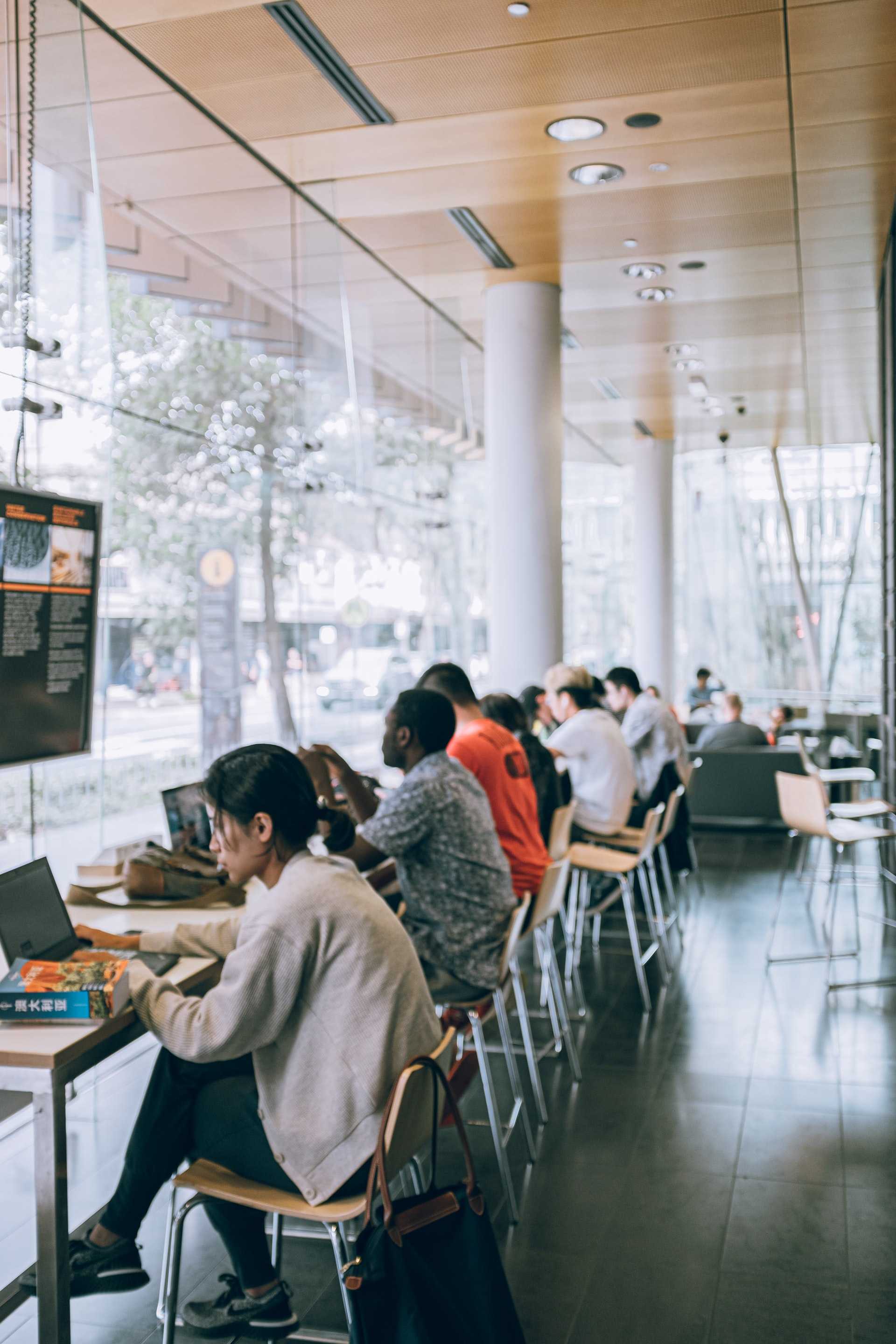
Fragmentation and recombination
The pandemic consolidated a decade-old shift towards remote and mobile work. Yet at the same time it highlighted deep inequities in access to services. As communities reorganize around hybrid organizations that combine face-to-face and remote interaction, planners and designers will need to reassemble a new set of hubs and spokes to connect us a local scale, combining pieces of the fragmented networks left behind by rapid change.
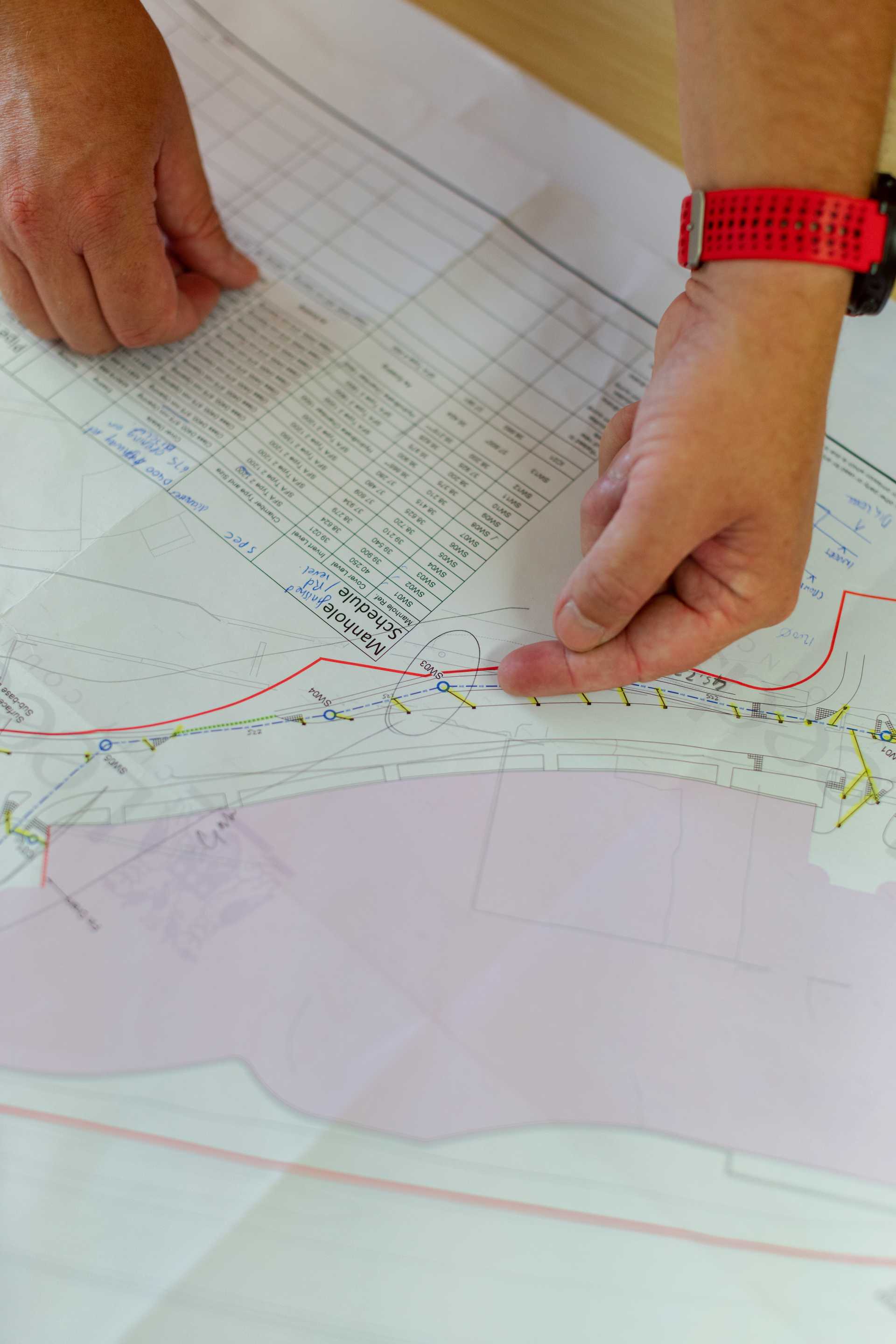
Adaptable everything
The stresses of climate change and rapid urbanization will place enormous demands on buildings, public space, and streets. This will require rethinking every component and every choice in how we design, construct, and operate the urban fabric—from basic materials to construction processes and end of life decommissioning. But moving beyond disposable cities will also mean rethinking how we create and preserve value in structures, and for whom.




..png)

